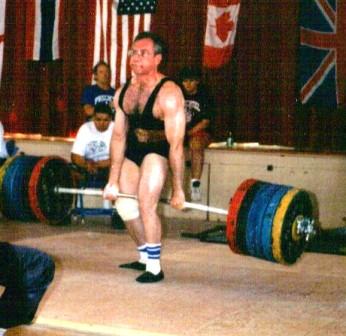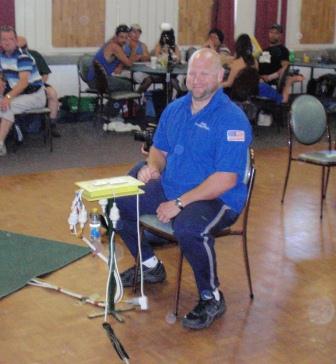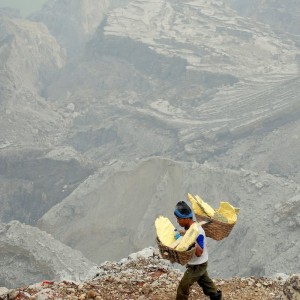Proper Process for Membership Application
by Al Myers
After my story the other day where I made it clear about the proper USAWA sanctioning process, I think the “time is right” to have a followup story about the proper process of applying for membership in the USAWA. I try to keep things positive, so stories like this one are not my favorite to write because I feel like I’m “whining and complaining” about things, but then again, if I don’t make these points known the problems just continue. Lately, I have received membership applications that have been improperly filled out (lack of information, no signatures, etc) or lifters just sending me the membership fees without evening filling out a form!! This is unacceptable. Also, I am getting tired of lifters sending in “old membership” applications from the Strength Journal. I have been accepting them, but from this time forward I WILL NOT! The new and updated membership applications are readily accessible on the website (under Forms and Applications on the left hand side of the Home Page).
Since I’m on a “belly-aching” soapbox right now, I’m going to complain about another gripe of mine. Please DO NOT send me checks for memberships (or anything else for that matter) that are going to bounce when I deposit them! I’m “sick and tired” of this. If you do NOT have the money to join – then don’t! Every time I get a bounced check, it causes me problems and more work. The USAWA only charges $25 for yearly membership in the USAWA (for the calendar year), and I consider this a token fee for all the benefits the organization has to offer you in return. I have to deal with “bounced checks” in my business enough and I don’t want to deal with it in the USAWA. I keep a list of people who bounce checks on me in my business – and at the top of the list is the name DEADBEATS. Don’t join if you don’t have the money to. Also, if only $25 is causing you a financial burden, you shouldn’t be even spending money going to meets. You should be getting a job (or second job) to pay your bills and feed your family. My opinion is that our yearly membership fees should be at least $50. The $25 fee is so “out of date” in terms of charging for membership fees it’s ridiculous. I leave bigger tips than that at restaurants!
Thom has told me that “with time” I will get as cranky as Bill (by having to deal with these USAWA problems). I sure understand now why Bill also wrote stories like this one in the Strength Journal from time to time. I’m not at the point of calling the entire USAWA membership “DEAD AND/OR COMATOSE” yet (give me a few more years on that one!). I do want to thank the over 90% of USAWA members who “do things right” – this story is not directed towards you at all! It’s the others that should be taking notes.


